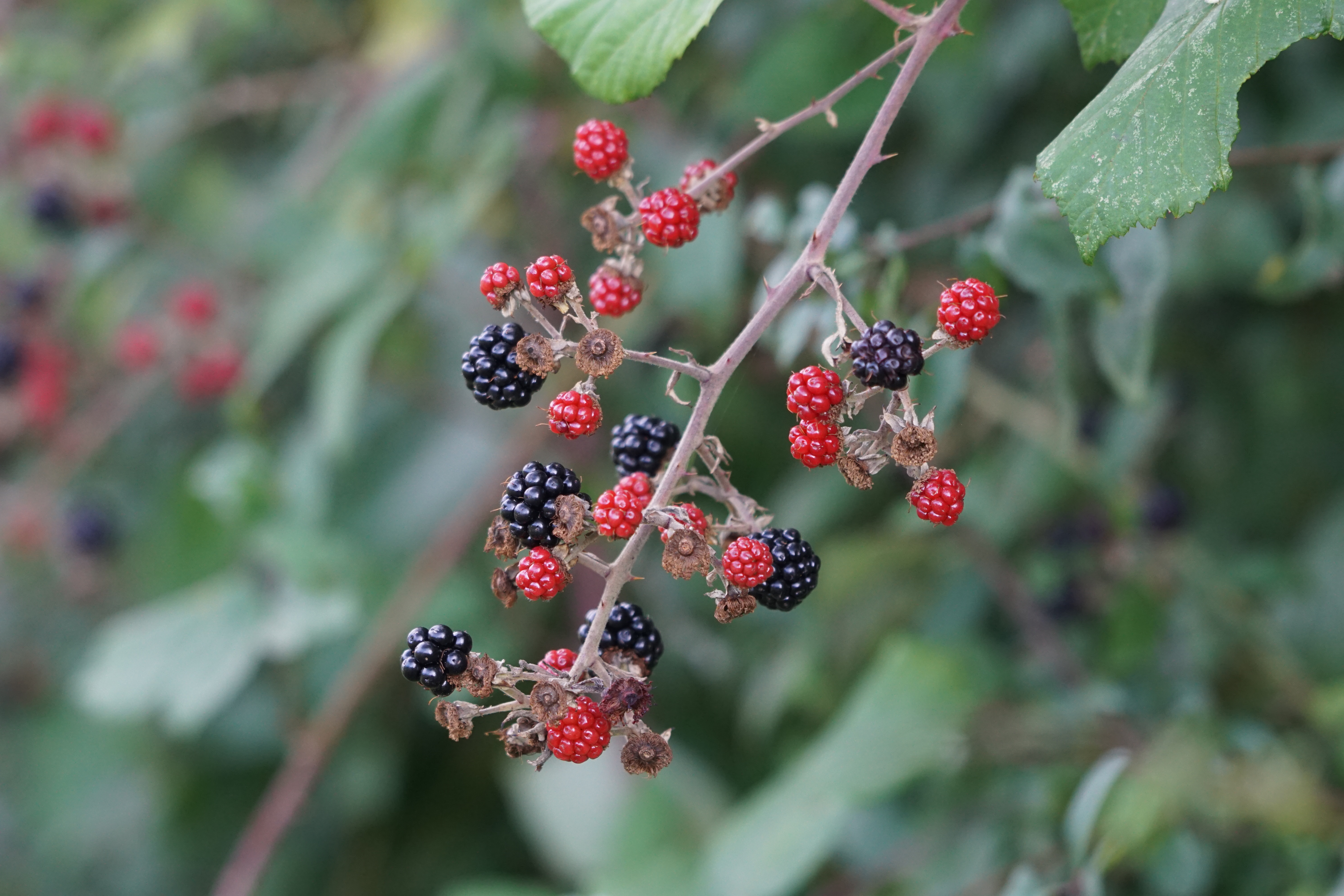October followed September, which seems to be the way of things, and the SVR diesel gala was upon us – blue/grey smoke where a couple of weeks previously there had been white steam. Listening to the thrum of the Maybach diesels, the whistle and growl of the English Electrics, is a nostalgic experience. It is also an inescapable reminder that things you are old enough to remember as new technology are already deep into their years of preservation.
“Youth calls to age across the tired years: ‘What have you found,’ he cries, ‘what have you sought?'”
Absolutely, Dylan (Thomas, that is, not Bob)…
Autumn in the Wyre Forest – which partly overlaps the route of the preserved railway – is seen by many as the best of the seasons; for me it’s just about a dead-heat with spring. The summer migrants have mostly departed and it’s time for the leaves to turn and fall, and the bracken – which has to be judiciously controlled – to die back and expose more of the forest floor. There is any amount of variation, from subtle to vivid.
And of course autumn means it’s rutting and mating time for the forest’s population of deer: fallow mostly, but with smaller numbers of roedeer and muntjac. Throughout October and into November the stags are often visible, albeit at a distance, and invariably audible. Females and youngsters meander in small groups nervous and circumspect…
A return visit to Upton Warren – the last of the year as it would turn out – revealed a few changes: some departures, some new arrivals, and the odd variant still surprisingly hanging around for longer than would normally be the case. A single avocet had elected to stay behind after all of its peer group had departed and seemed in no hurry to move on; likewise a solitary little egret.
A trip to the Shropshire Hills was blessed with the best of autumn weather and, as with Upton Warren, family circumstances would dictate that it would be the last time we would be making it to the top of Pole Bank in 2021. There was a single, fleeting flash of a merlin, which seemed to cover the entire length of Ashes Hollow in about 5 seconds, and later a solitary kestrel which was a bit more obliging.
Watching, and listening to the stonechats perched on top of the gorse and bracken, we were surprised to see a male whinchat still around; another seasonal visitor apparently in no hurry to depart. In its defence it’s a fair old slog to sub-Saharan Africa just as the weather’s taking a turn for the worse, and for a bird roughly the size of a robin. You could understand the hesitancy.
The autumn garden is an ever changing mix of final tidying (which is never really final), graft, and backache, punctuated by pleasant surprises like occasionally getting to at least some of the autumn fruits before the birds. And the pair of collared doves – regular visitors, and infinitely less irritating than the wood pigeons which mostly seem to delight in spilling seed from the feeders.


Those should be the final words on 2021, at least as far as the blog is concerned: an odd year in some ways, but no more so than others of late…






















Always make me happy when I see deer in the woodland even though they are relatively common
LikeLike
Hi Andy, there are apparently about 400 deer in the forest and the numbers are managed at that level to keep a balance and avoid the damage which can happen if the numbers get too high. I say ‘apparently’ because we were told the numbers by one of the volunteer rangers, who also told us that the amount of unseen damage caused by grey squirrels is a massive problem and one they’re trying to solve. There are quite a few white fallow stags around and we’ve caught glimpses, but only ever seen one out in the open.
It can be a muddy place in the winter months, but the amount of water it holds gives an idea of how much worse the flooding would be in places like Bewdley if the forest wasn’t there.
LikeLiked by 1 person